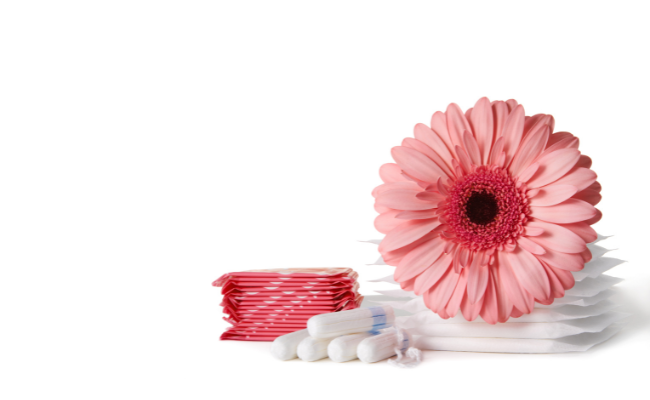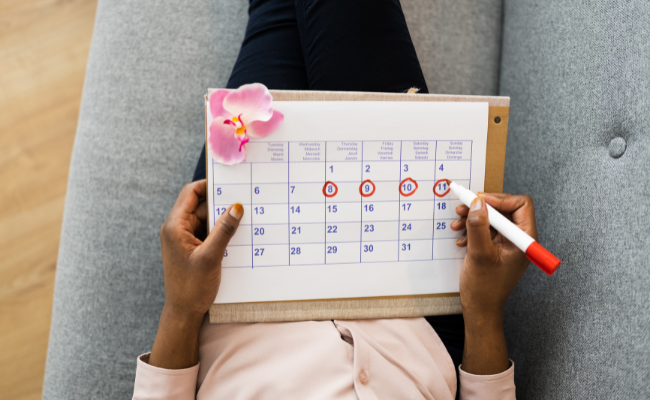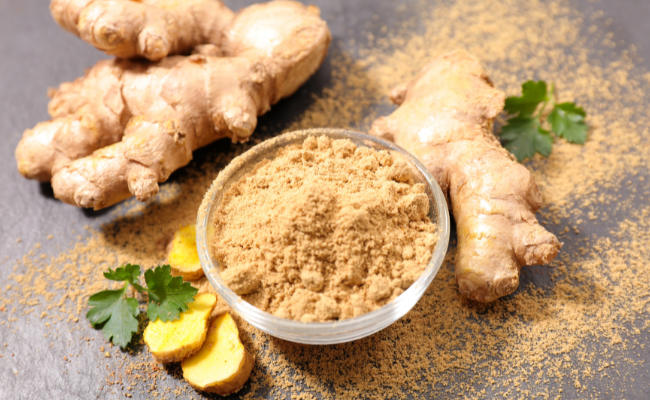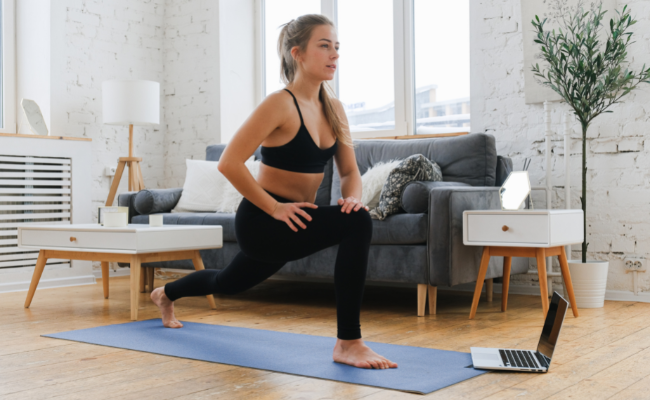Easing Period Discomfort
Menstruation is a normal bodily function in females as a part of the reproductive cycle. It happens every month, and knowing how to induce a period and alleviate period discomfort is essential.
A monthly period also comes with a range of uncomfortable symptoms like cramps, bloating, headaches, and mood swings.
Although these signs are a normal part of the menstrual cycle, they can, in any event, be tiresome and inconvenient. In this article, we’ll look at some of the most effective ways to alleviate period discomfort.
What is Menstrual Induction?

It is a medical procedure used to induce a woman’s period, also known as menstrual stimulation or artificial menstruation.
The primary use of menstrual induction is to treat women who have amenorrhea. It is a condition characterized by irregular periods or infrequent menstruation.
However, before your doctor carries out this procedure, you must do a pelvic exam and consult a healthcare professional.
Importance of Inducing Period
Inducing a period can be necessary for a few reasons, some of which are:
Treating Amenorrhea: In cases of irregular menstrual cycles or infrequent menstruation in women, inducing their period might be a recommended consideration.
Diagnosing and Treating other health conditions: Inducing a period can help identify and treat certain conditions like endometriosis and uterine fibroids.
Preparing for fertility treatments: A woman undergoing fertility treatments may need to induce menstruation to maintain accurate cycle tracking.
Managing symptoms of menstruation: Menstrual induction can handle all symptoms like cramps, mood swings, and bloatedness.
Understanding Menstrual Cycles
The menstrual cycle is a process that involves hormones, the muscle wall of the uterus, ovaries, fallopian tubes, and other female organs.
It is a crucial natural process that occurs monthly in the female body and is essential for conception.
Blood vessels are vital for the menstrual cycle. They help the ovaries grow and release eggs, thicken the uterine lining, and cause the lining to shed during a period.
If something goes wrong with how blood flows or hormones work in the body, it can cause menstrual problems.
The average menstrual cycle typically lasts between 21 and 35 days and consists of four phases: menstruation, follicular, ovulation, and luteal phase.
Factors Affecting Menstrual Cycles
Several factors can affect a woman’s menstrual cycle, some of which are;
- Stress
- Medications
- Lifestyle choices
- Diet
- Illness
Natural Methods of Menstrual Induction
There are several natural ways to induce a period. These methods are often considered safer than medical induction methods, as there is usually less risk of side effects or complications.
Herbs for Menstrual Induction
Ginger: Ginger is a herb that you can use to induce menstruation. It can help in relieving painful periods. It has NSAID properties and can treat stomach and menstrual pains.
In 2016, more research revealed that ginger could treat heavy menstrual bleeding.
Cinnamon: Cinnamon is a spice that has many health benefits. It helps reduce painful cramps, reduces prostaglandin levels, and improves circulation.
Fennel: Fennel has been in use as a natural remedy for menstrual problems. It is said to help regulate hormones and reduce bloating, which can help to induce a period. Fennel is rich in vitamins and minerals, such as magnesium and folate.
Parsley: Parsley is rich in iron and can help to regulate hormones, which can help to induce a period.
It also helps to reduce cramps, bloating, and inflammation associated with the menstrual cycle.
Citrus Fruits: Eating a lot of citrus fruits, which are high in Vitamin C, may help to regulate the menstrual cycle.
Exercise for Menstrual Induction
Some exercises are believed to help start menstruation by adding blood flow to the reproductive organs. However, there isn’t much scientific evidence to support this.
Aerobic exercise: Aerobic exercise increases heart and breathing rates, like running, cycling, swimming, and walking.
Resistance training: This exercise involves using external resistance, such as weights or resistance bands, that challenge and strengthen the muscles. It can also be beneficial for inducing menstruation.
Diet for Menstrual Induction
Maintaining a healthy and balanced diet may promote hormonal balance and improve overall health, potentially assisting in regulating the menstrual cycle.
Below are some tips for eating a diet that supports menstrual induction:
Foods rich in Iron: Eating iron-rich foods, such as leafy greens and red meat, can help prevent iron deficiency anemia. It is a condition that can cause menstrual irregularities.
Fiber-rich Foods: Foods rich in fiber, such as whole grains, fruits, and vegetables, can help improve digestion. It can help balance your hormones.
Omega-3 fatty acids: present in fatty fish, flaxseeds, and chia seeds, it has properties that may help reduce menstrual cramps.
Relaxation Techniques for Menstrual Induction
Specific relaxation techniques may help to reduce stress and promote hormonal balance, which could aid in regulating the menstrual cycle.
Some of the relaxation techniques you can follow to ease period discomfort are:
Deep breathing: This exercise involves taking slow, deep breaths to promote relaxation and reduce stress.
Progressive muscle relaxation: This technique involves tensing and relaxing different muscle groups to reduce stress and anxiety.
Meditation and yoga: These practices can help promote relaxation and stimulate the release of hormones that induce menstruation.
Massage: It can help increase circulation and relaxation, reduce stress and anxiety, and relax the pelvic area.
Medical Methods of Menstrual Induction
Hormonal Medications
Hormonal medications are drugs taken by women to induce periods. You can use several hormonal medications for this purpose, some of which are:
Birth Control Pills: You can also use hormonal birth control pills to induce menstruation.
These medications contain hormones that mimic the natural changes in the body during a menstrual cycle. In addition, you can stop taking these pills early to make your period come faster.
Hormonal IUDs: Hormonal IUDs are a type of hormonal contraceptive where an intrauterine device (IUD) is used to induce menstruation.
Risks And Precautions Of Menstrual Induction
Potential side effects
Although menstrual induction may have its benefits in certain situations, it also carries potential side effects, as shown below:
- Nausea and vomiting
- Headaches
- Breast tenderness
- Irregular bleeding or spotting
- Changes in mood or libido
- Blood clots
- Allergic reactions
Limitations
Pregnancy: Pregnant women shouldn’t attempt any menstruation induction techniques because they endanger both the mother and the unborn child.
Furthermore, trying to trigger menstruation during pregnancy could result in a miscarriage.
Certain Medications: It is not advisable for women taking certain medications or supplements to try inducing their menstrual cycle.
Certain medications or supplements can interfere with the hormones used for inducing menstruation, resulting in unpleasant side effects.
Conclusion
Many menstruators commonly experience period discomfort, but several effective strategies exist for easing the symptoms.
Some of these strategies include using heat therapy and doing relaxation techniques such as deep breathing and yoga. Also, other solutions could be taking prescribed pain medications or menstrual induction.
However, it is important to note that the experience of menstruation can vary among women. What works for one individual may not necessarily work for another.
If you’re experiencing severe or prolonged period discomfort or other symptoms, you should talk to your healthcare provider.






